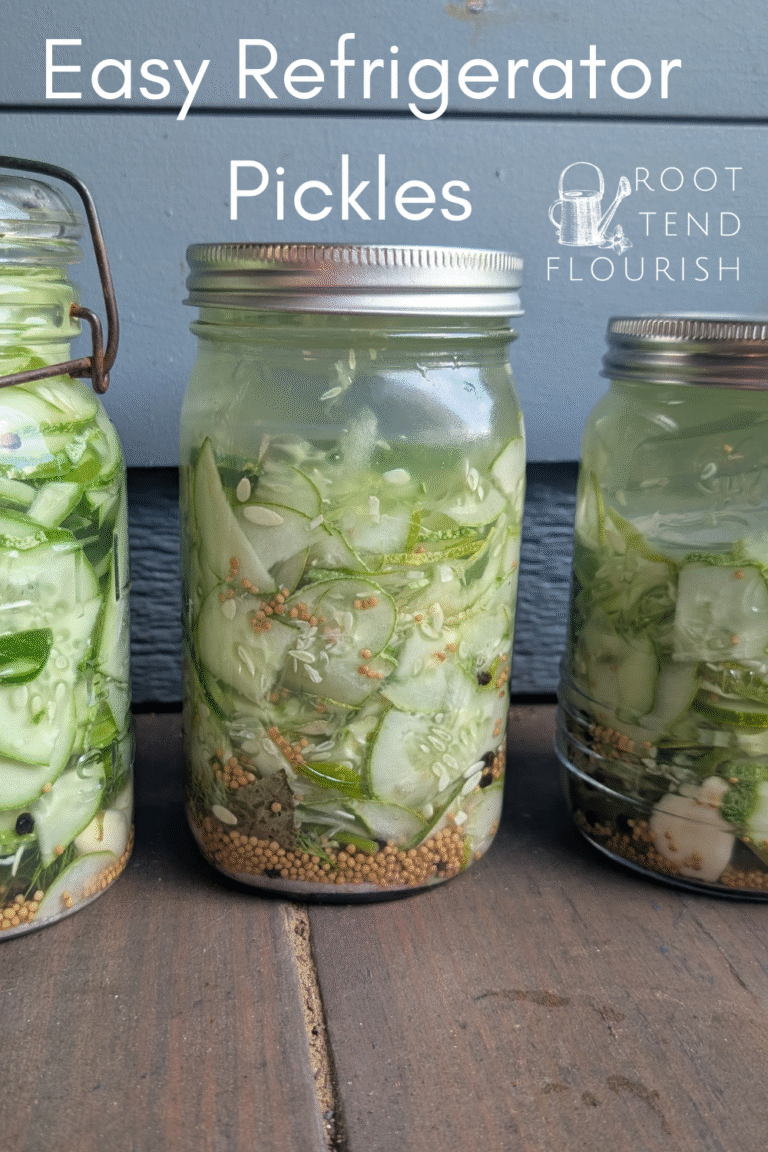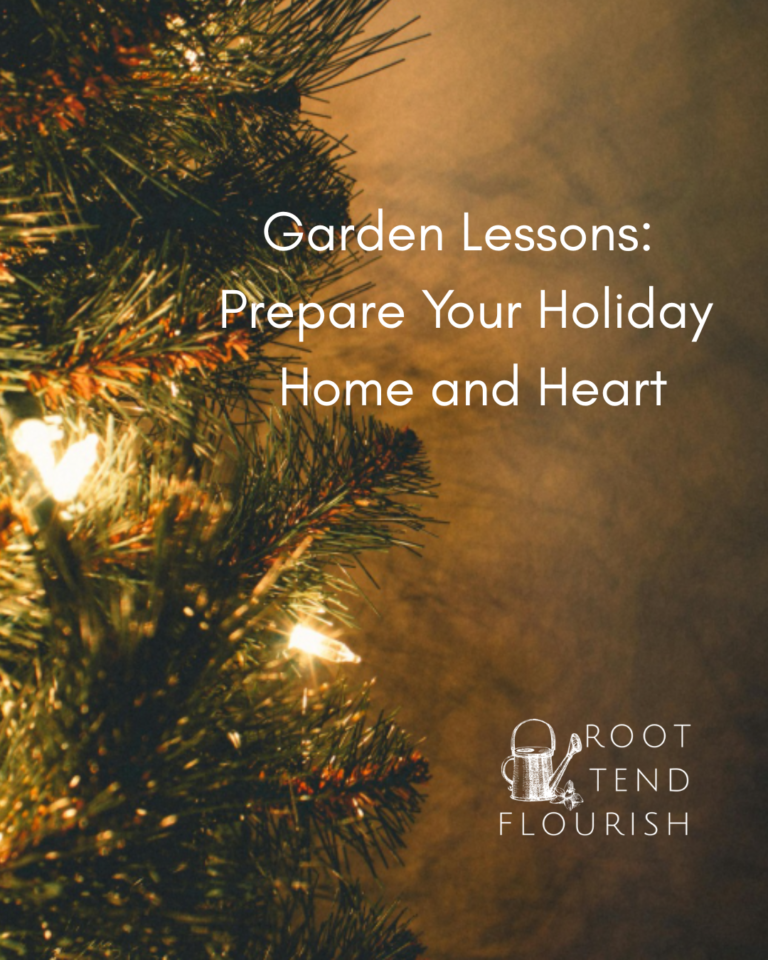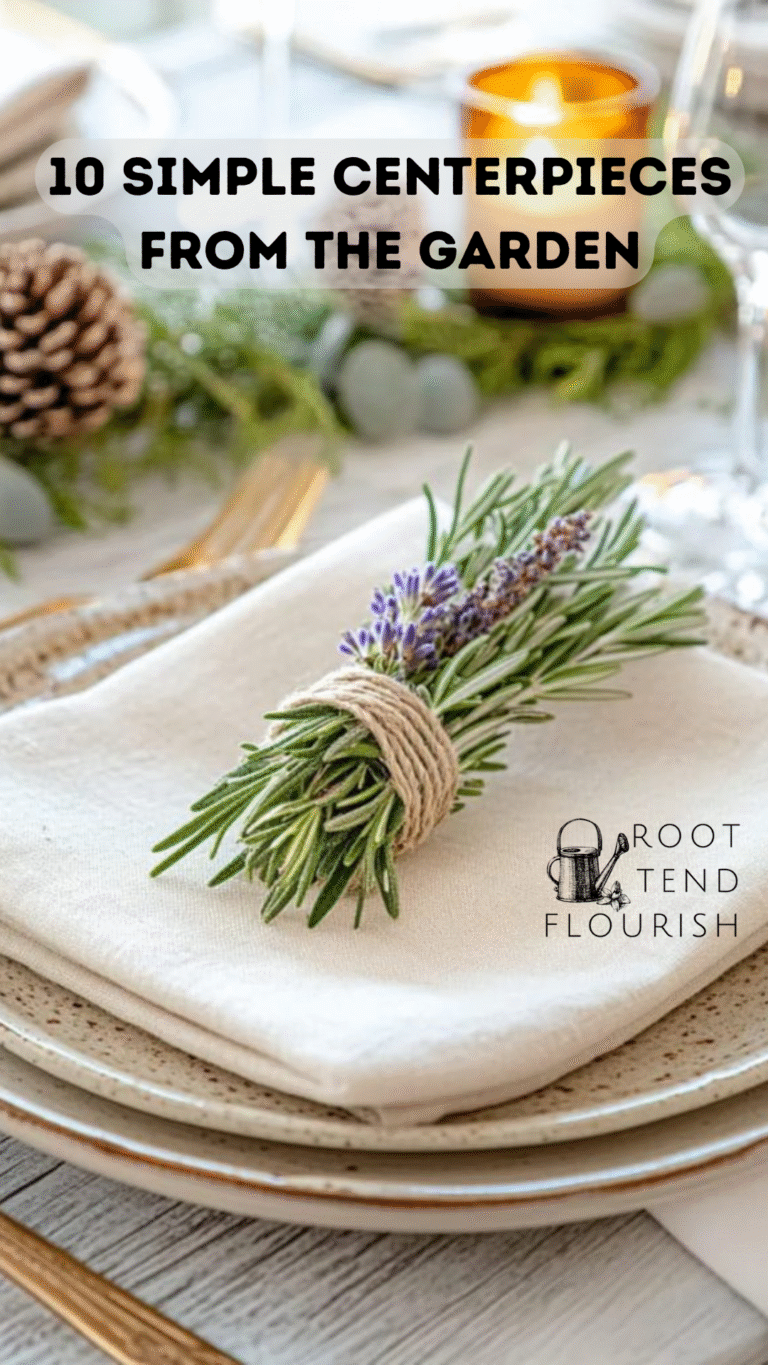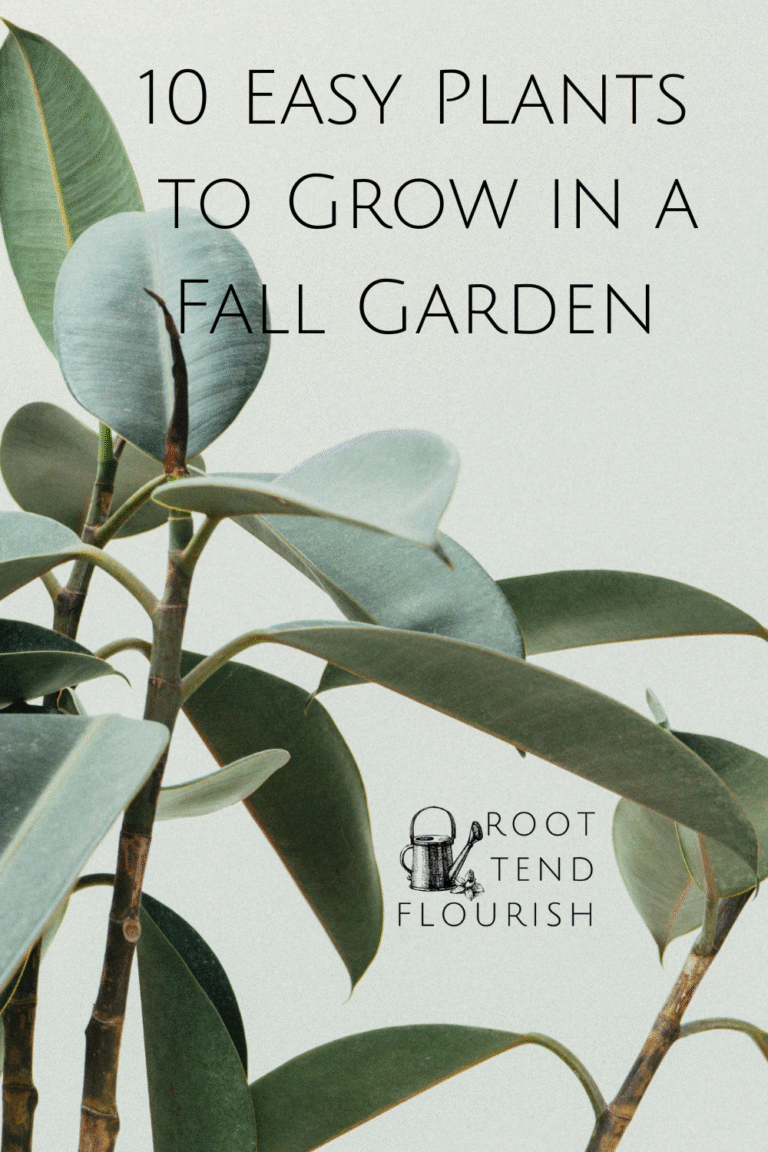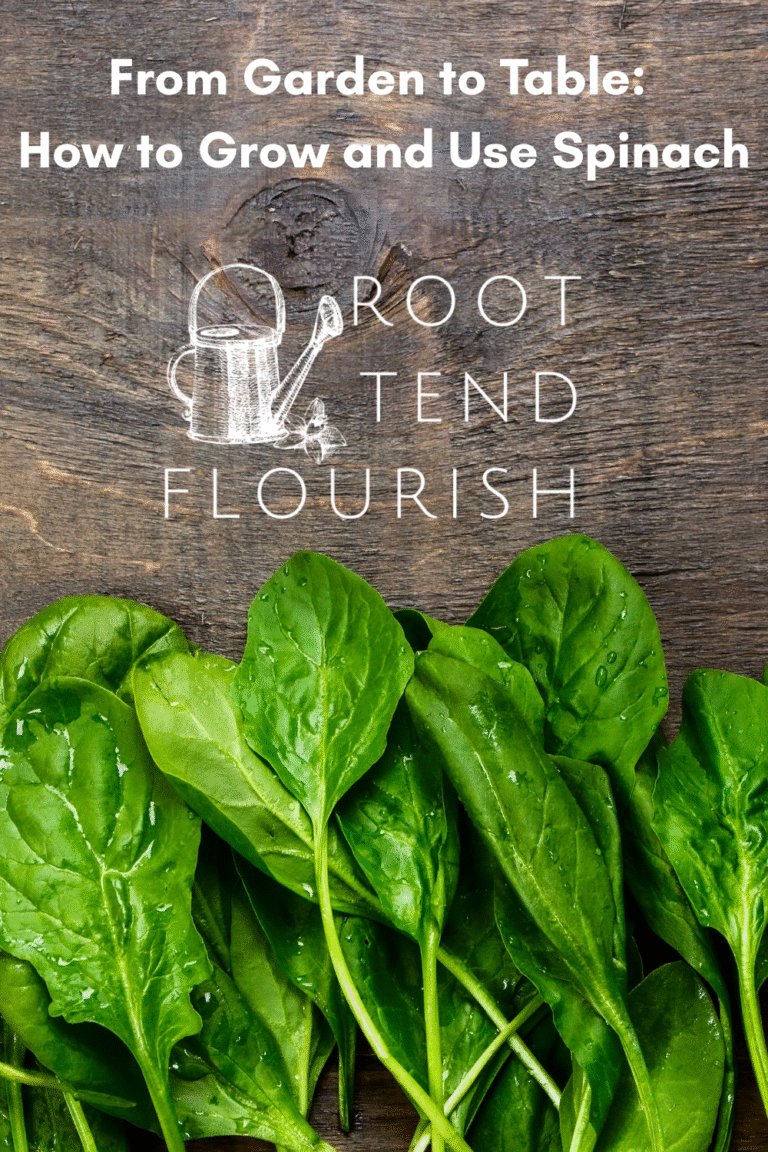Your DIY Spice Rack: How to Cultivate Herbs and Spices at Home
Growing your own herbs and spices is one of the best ways to upgrade your kitchen and feel more connected to your garden. Whether you’re stocking your pantry with everyday flavors or growing something special, this post will help guide you through the essential herbs and spices you can grow at home.
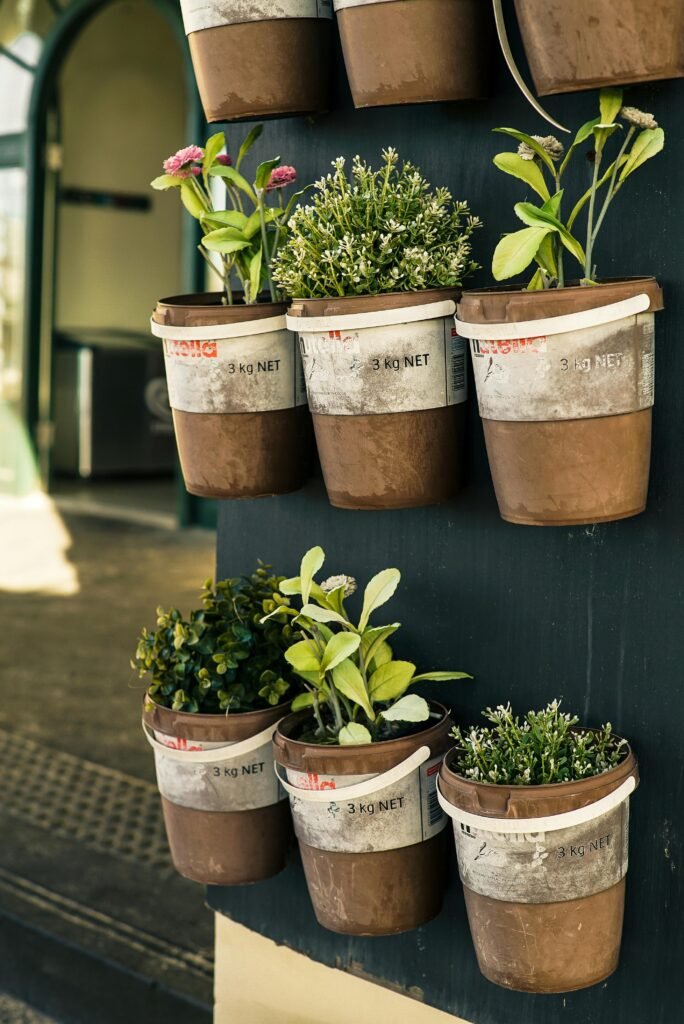
What Herbs and Spices Should You Grow?
One of the most common questions people ask at the start of the planting season is, “What herbs and spices should I grow?” Or, “What spices should I always have in my kitchen?”
If you’ve ever searched online, you’ve probably seen lists like “Top 20 Herbs to Grow,” “10 Best Kitchen Spices,” or even “27 Must-Have Herbs.” Let’s be honest—who really needs 27 spices? The truth is, you don’t need a huge collection. A few versatile herbs and spices can go a long way.
This post is all about helping you focus on the basics—the ones that give you the most flavor, are easy to grow, and actually get used.
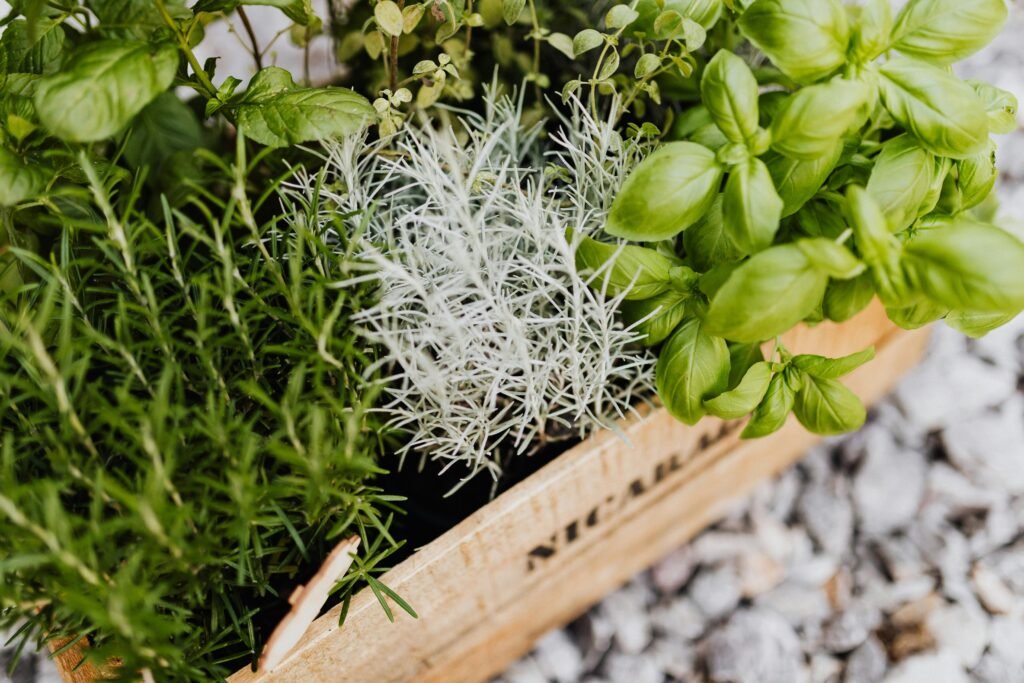
The Herb and Spice Isle (Because We’ve All Been There)
If you ask my wife, Kristin, she’ll tell you I have a bit of a spice addiction. I love trying new blends, finding rare herbs, and testing what we can grow ourselves. Last year, I convinced her to let us grow Stevia. It was fun to grow, but honestly? We never used it. It was just too sweet and now that I am moving to a Keto diet, we are growing it again!
So this year, I made it my goal to create a simple list of must-have herbs and spices you can grow in your kitchen, garden, or even a small window box. No overwhelm. No cluttered spice cabinet. Just the essentials.
Yes, I Might Still Buy a Random Blend…
I’ll admit it—while writing this post, I came home with a new spicy blend. Kristin is rolling her eyes as we speak. But hey, it was only $1.50 and we didn’t have anything like it!
Still, I believe many people overcomplicate their spice racks. You don’t need 50 jars. Just a solid few that you love and use regularly.
So let’s start with the basics and grow from there.
The Must-Have Herbs and Spices
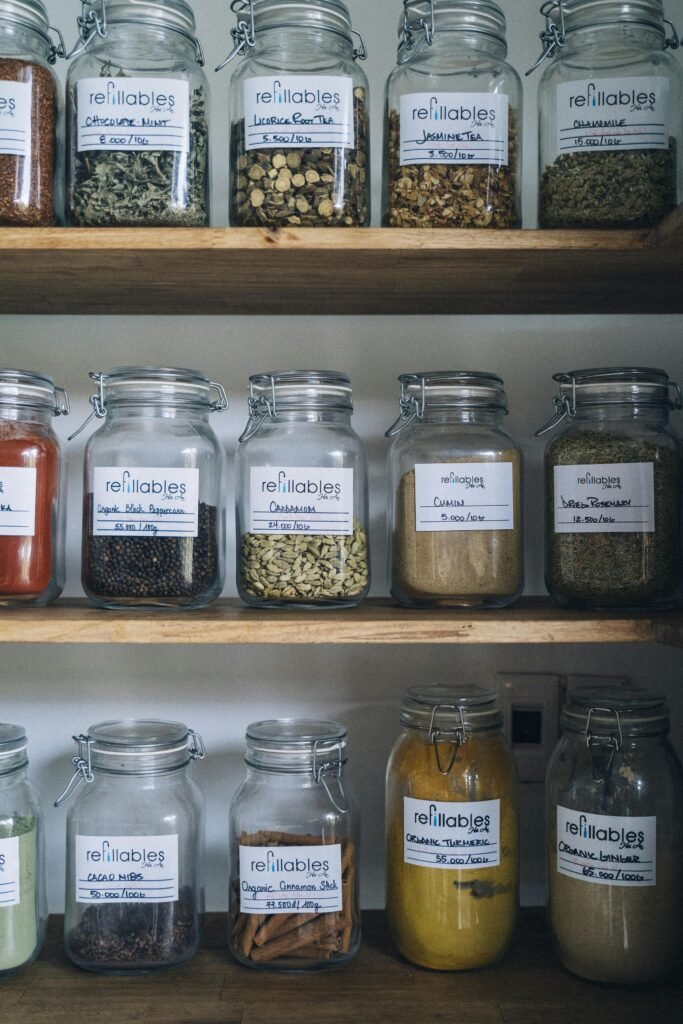
Every kitchen should have a solid set of go-to herbs and spices to bring out the best flavors in your cooking. You don’t need a huge collection (more eye rolls), just the right ones that work in lots of different dishes.
When I think about what I always reach for in my pantry, these are the essentials that make the biggest difference in my kitchen:
- Salt (Kosher, Sea, or Table Salt) – The backbone of flavor enhancement.
- Black Pepper – Adds depth and balance to dishes.
- Garlic Powder – Perfect for layering savory flavors.
- Onion Powder – Add depth of flavor without crying over chopped onions.
- Paprika – Choose smoked, sweet, or hot depending on your preference.
- Oregano– This Mediterranean herb gives dishes depth and aroma.
- Thyme – Pick from lemon or regular varieties. Adds a hint of freshness.
- Rosemary – Ideal for roasted potatoes, meats, and homemade bread.
- Basil – A staple for Italian and fresh dishes.
Parsley– A must have for fresh flavor. Good on roasted foods, in soups or chopped fresh. - Chili Flakes– Adds heat and complexity.
- Cayenne Pepper – Adds heat and complexity.
- Cinnamon – Great for both sweet and savory recipes (spiced meats, baking, curries).
Can you grow them?
Did you read that list? Are you thinking to yourself, well how can I grow that? Depending on where you live, you most likely can. There are a few though that you might not be able to. Let’s take a look at a few of these and why you might not be able to grow them.
- Salt: If you don’t live near the ocean or a salt mine, this one might be impossible. If you want to dive deep into why this might not be practical, check out this great article from Salt Works on the history of salt.
- Pepper: Technically, it’s possible to grow peppercorns but there are a few conditions that you need to have and if you are reading this in North America or Europe, it’s going to be extremely difficult. You need to have high temperatures, lots of rainfall and well-draining soil. You find these conditions mostly in Brazil and the Indonesian islands. So just buy good peppercorns, get yourself a grinder and crush those puppies fresh each time you cook.
- Old Bay: What is old bay seasoning is the first question you need to ask. No one knows…nope, they do, it says it on the tin. According to the tin, there are 18 different spices at different amounts. Unfortunately the tin doesn’t tell you how much of each you need. Can you grow them all, yes…mostly. Most likely though you are not going to grow ginger or cardamom for just one type of spice. You want to spend your time with versatile spices and Old Bay, while delicious, can be a lot for your herb garden. Check out this copycat recipe with 11 ingredients. After reading it, I think if I were to try to make the blend myself, I would be looking at key warm spices like cardamom and ginger.
- Celery Salt: This might sound strange but you can actually make this pretty easily. All you do is mix salt with crushed celery leaves. Yup, check out this recipe for making it yourself. You can also just purchase fresh celery and save the leaves. The beauty of celery salt is that you usually don’t need a lot of it to make your food great.
- Cinnamon: This one is just as hard to grow as Black Pepper. If you live in the U.S. then you need to live in a hardiness zone of 10-12. If you are not sure where that is in the U.S., it’s near the border of California, Texas, Hawaii, Arizona Florida and New Mexico.
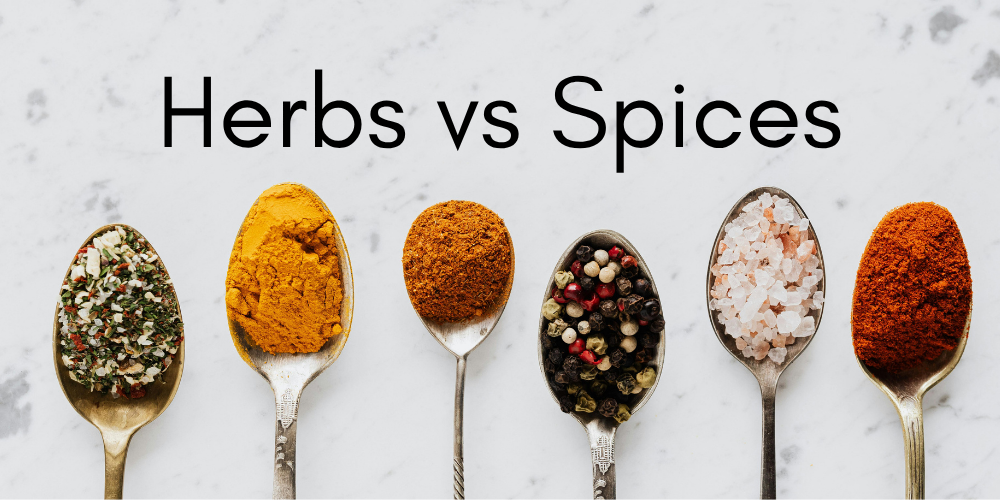
Herbs vs Spices
At this point, I think I need to point this out and you might not be aware of this. When I first started to really get into cooking and fermenting I learned that spices and herbs are different, even though they are all in the same cabinet in the kitchen. A quick definition is that herbs are generally the leaves of plants and spices tend to be the seeds. Can you grow both? Sure. Are spices easy to grow? Ehhh, it might not be worth it but it’s good to know how to do. From here on out in the blog I’ll make sure that I will split our time between the two.
Herbs
Nothing beats the flavor of freshly grown herbs and spices in your cooking. The best part? Many of them are super easy to grow, even for beginners! Whether you have a huge backyard garden or just a few pots on your windowsill, or somewhere in between you can have confidence in growing your own.
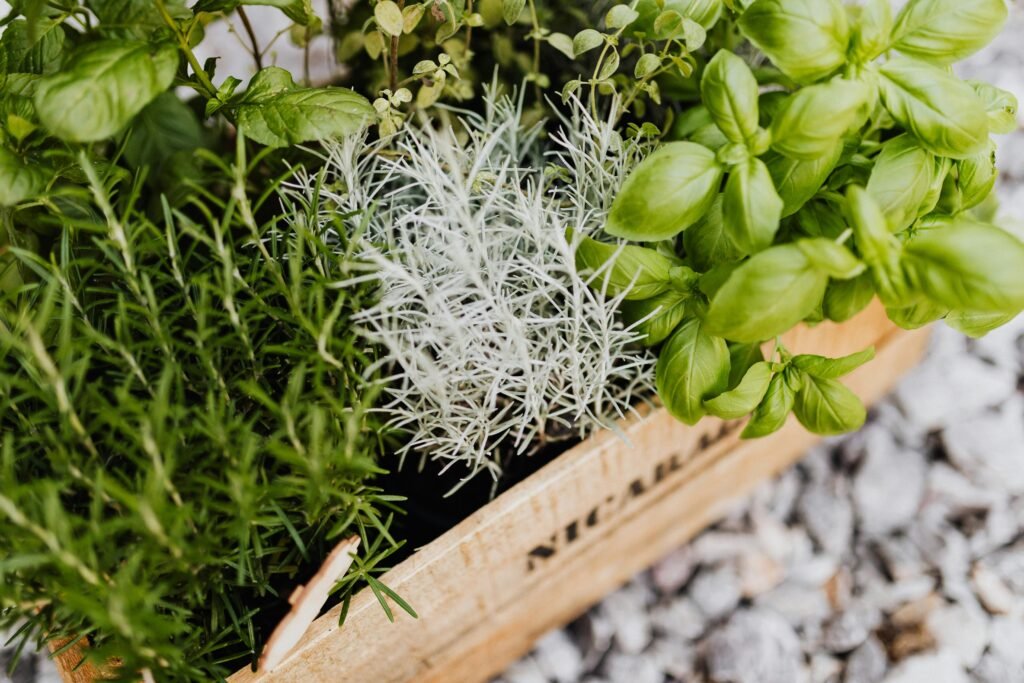
Herbs are perfect for small-space gardening and provide big flavor in the kitchen. The key is, if you want it in the cabinet you need to dry them out. Herbs are great fresh and if you have the ability to grow them year round, then do it! Here are some must-have herbs for all of us home cooks:
- Basil: A fast-growing herb that thrives in warm temperatures. Perfect for Italian, Thai, and Mediterranean dishes.
- Oregano: Loves dry soil and full sun, making it easy to grow. Great for Mexican and Mediterranean cuisine.
- Rosemary: A hardy plant that prefers drier soil. Amazing for roasted meats and potatoes.
- Thyme: One of the easiest herbs to grow—it tolerates heat and requires minimal water.
- Mint: I know this is not on my list above but you’ll love having a pot of it. Mint is fast-growing and perfect for teas, cocktails, and desserts. We really love it when we dry it out for tea.
- Cilantro: This herb is tricky and it bolts and goes to seed production quickly in warm weather. Grow it in cooler temperatures for best results.
- Chives: A low-maintenance herb that adds a mild onion flavor to dishes and looks like grass. Just don’t eat it like you would grass! What, we’ve all done it.
Spices
When it comes to spices you’ll need to be a little patient with them. Many of the herbs grow quickly and reproduce just as fast. These spices on the other hand require time to grow.
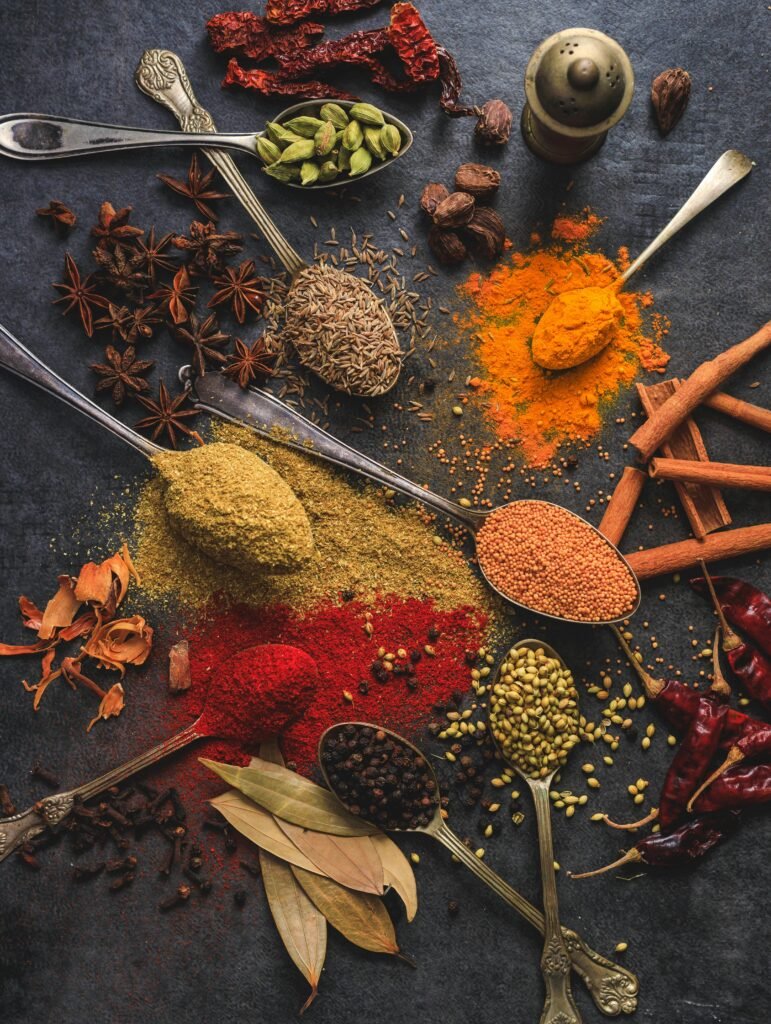
- Garlic powder: Garlic is super easy to plant, all you need to do is just bury cloves in the soil and wait for fresh bulbs. It takes about 7-9 months to grow bulbs. If you are impatient though, you can go to a farmers market and get fresh garlic and then follow this recipe from a great homestead blog to make garlic powder.
- Ginger: When it comes to ginger, you will need to plant rhizomes and watch them sprout! Ginger needs warm, humid conditions to thrive. Then in 8-10 months you have inches of ginger. This was one that I haven’t been able to grow yet but now that we are settled in the house, I am looking at next year as a possibility.
- Turmeric: Similar to ginger, turmeric grows from rhizomes and takes 8-10 months to mature.
- Coriander (Cilantro Seeds): Did you know that coriander is related to cilantro? I don’t think they taste similar at all. To end up with coriander you will need to grow cilantro and then collect the seeds once the plant matures—it’s a double-win!
- Onion powder: To add onion powder to your cabinet you will need to grow onions. This takes around 100 days to grow full onions and then you dehydrate them. Once dehydrated, you’ll need to use a food processor, coffee grinder or blender to powderize them. Learn more about that process here.
- Paprika: Just like with onions and garlic, this one involves growing a plant first. This particular spice starts out as a red pepper. Once you grow it, you’ll need to dry it out and then crush it using a food processor or coffee grinder.
- Chili Pepper Flakes and Cayenne: Take a guess on this one, if you said grow peppers and then dehydrate them then you would be correct. For chili pepper flakes you don’t want to powderize this one.
There are countless herbs and spices you can grow, each will bring its own unique flavors to the kitchen. I want to help you elevate your cooking, and it helps to have a few go-to essentials. That’s where this list comes in. And down the road, we’ll revisit this topic to highlight even more favorites that didn’t make the cut this time.
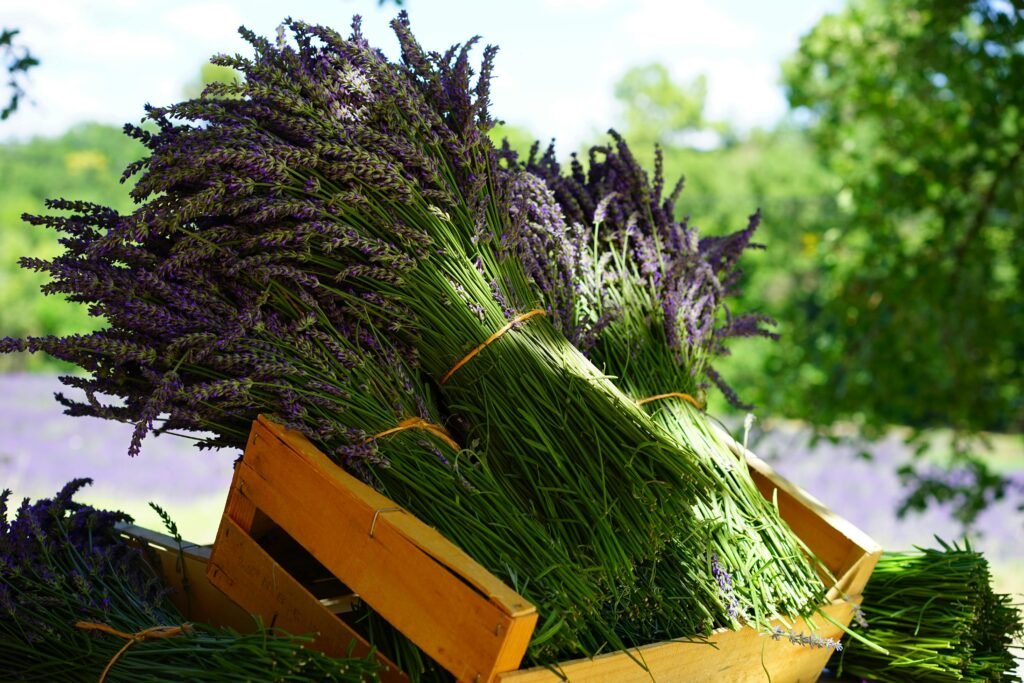
I love bold, spicy flavors and many of those flavors can be found in Asian cuisine. I can’t wait to explore the variety with you. Now, I’d love to hear from you: What herbs and spices do you grow, and how do you use them in your kitchen? Let us know in the comments below!


